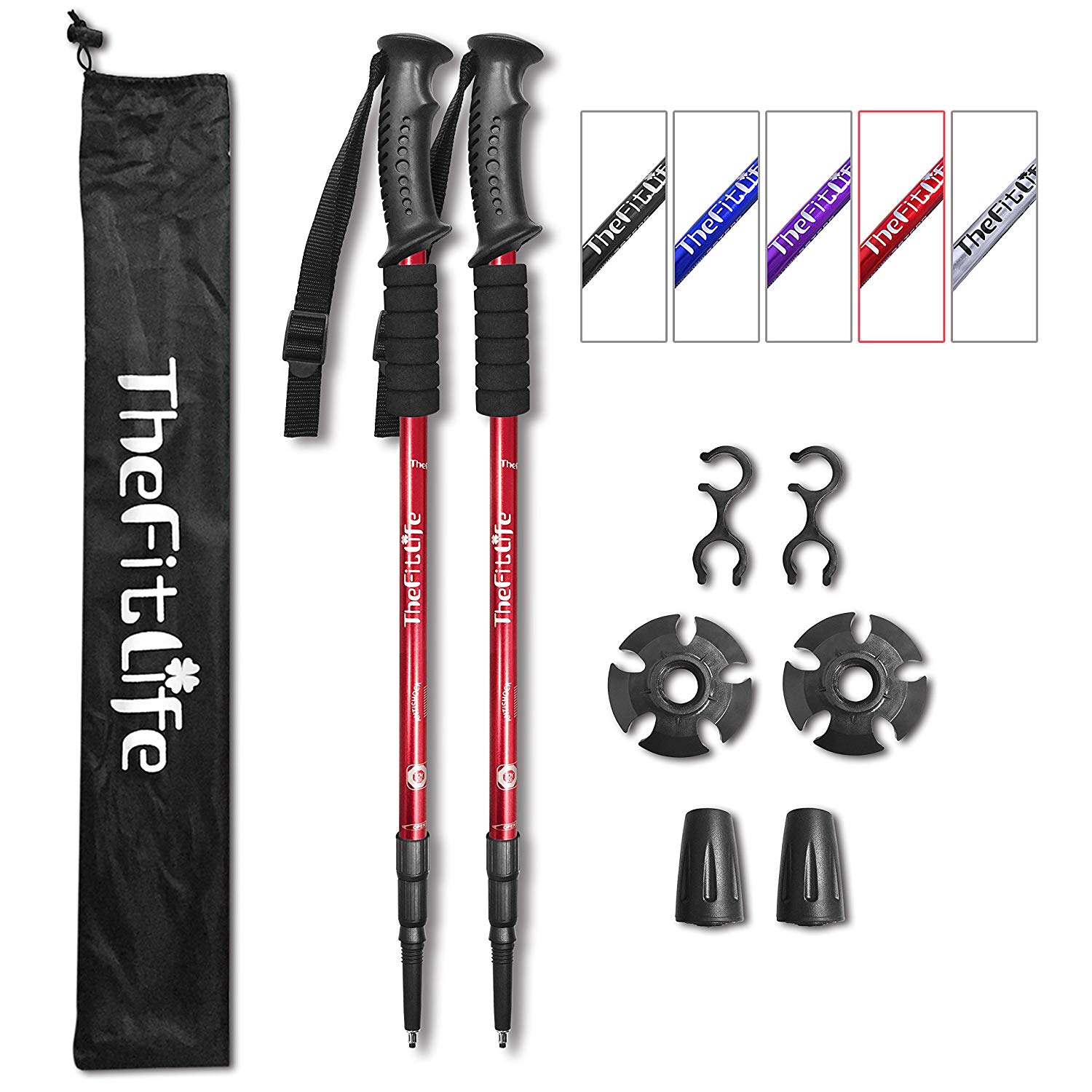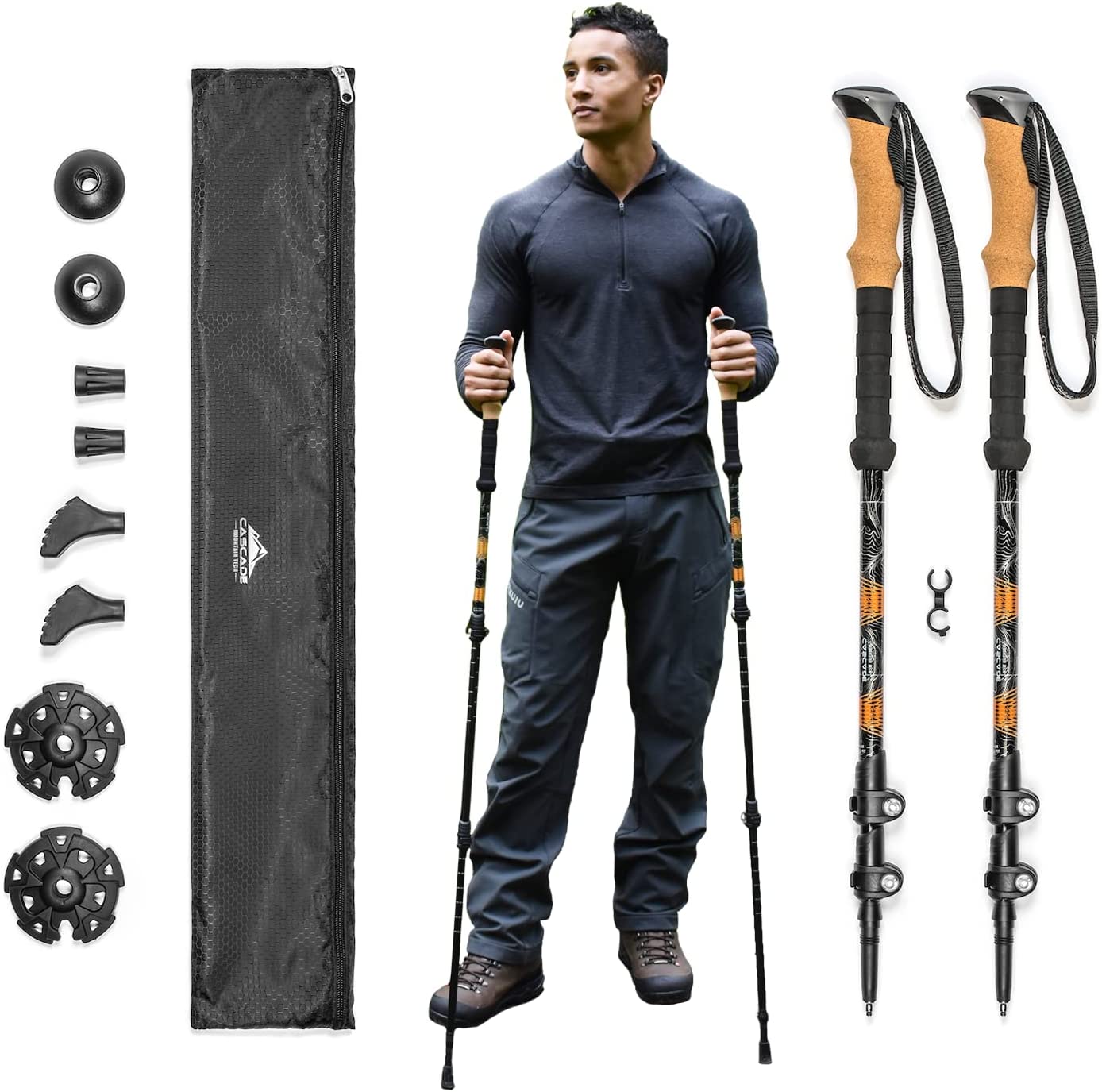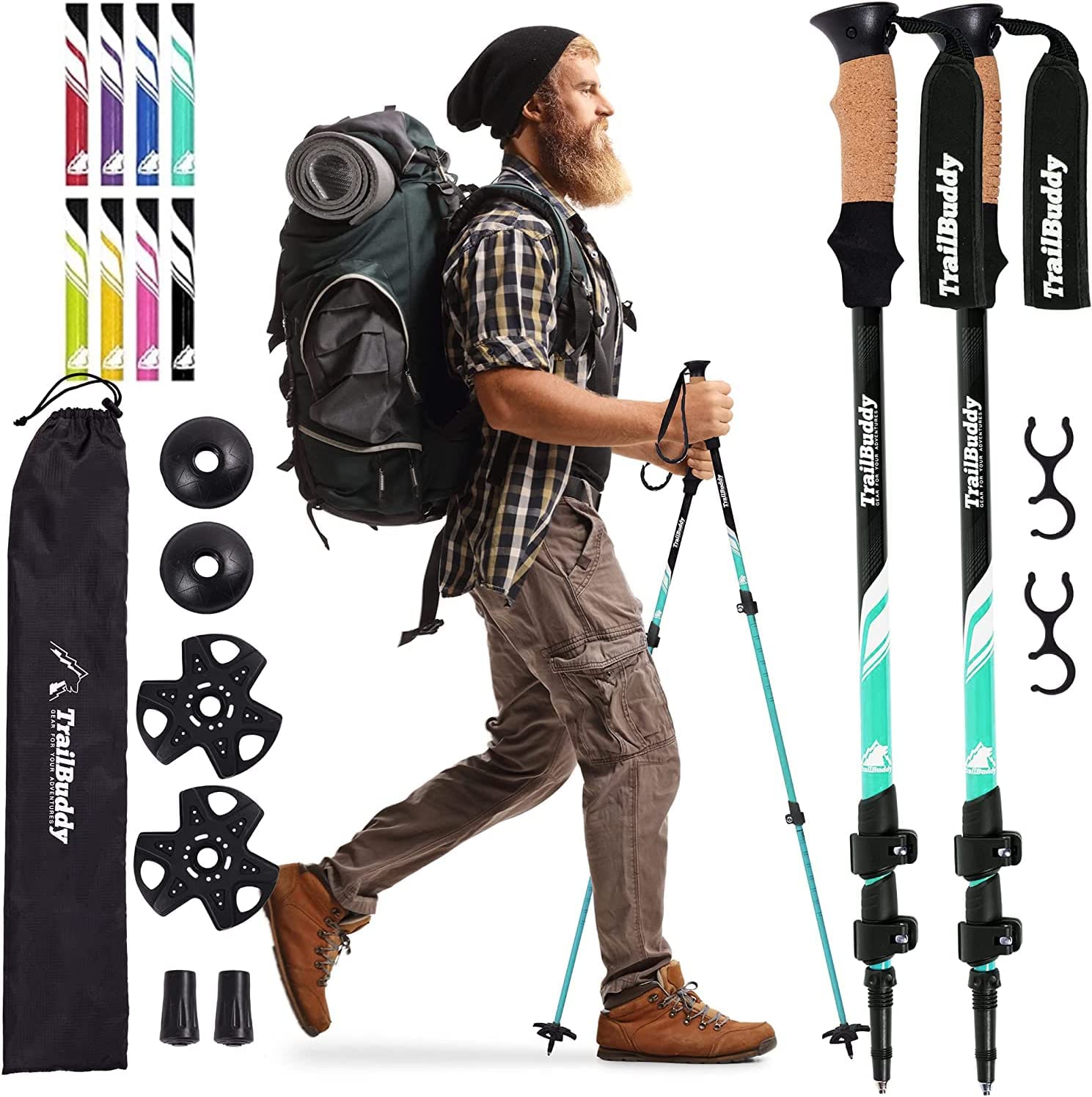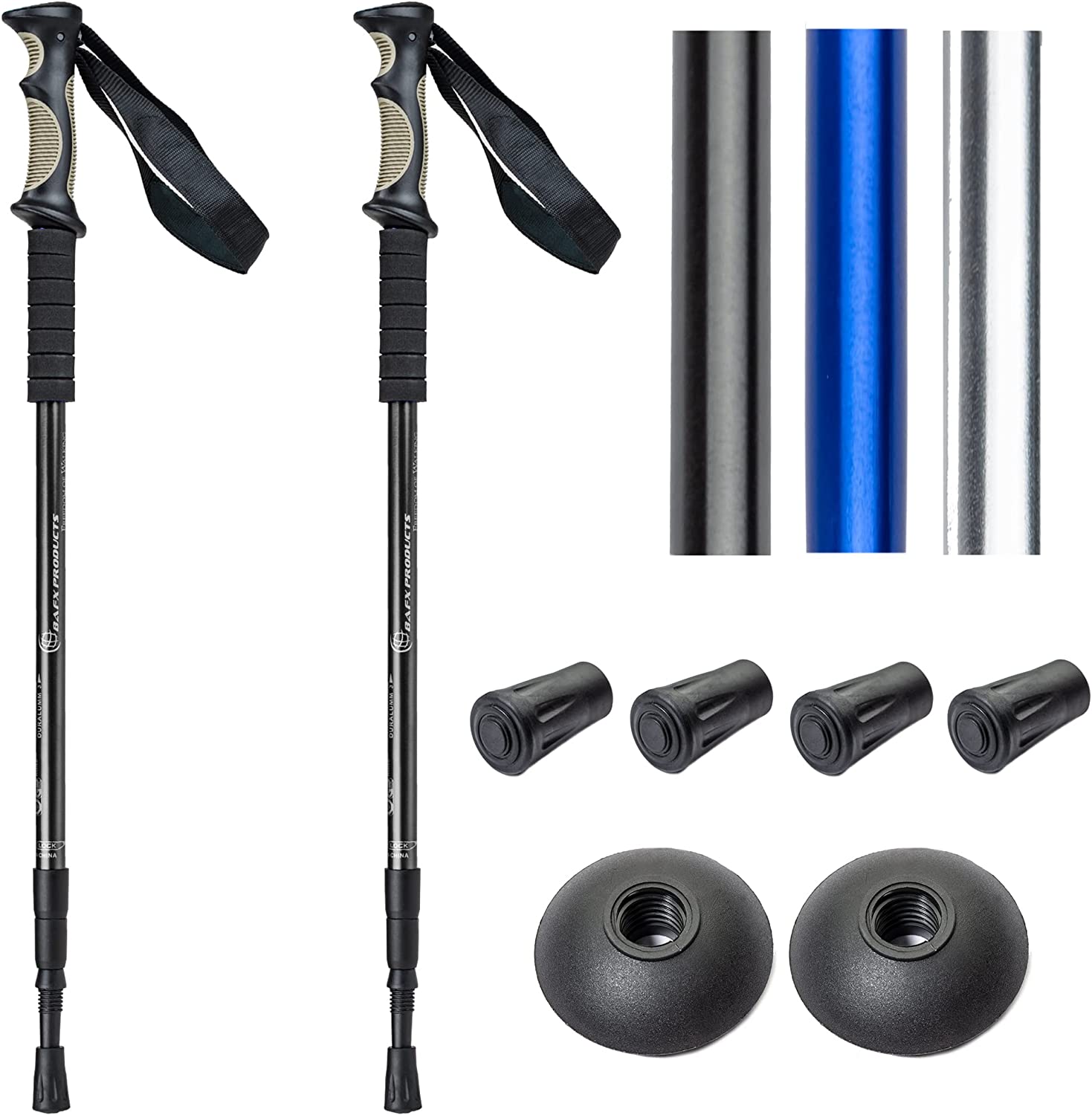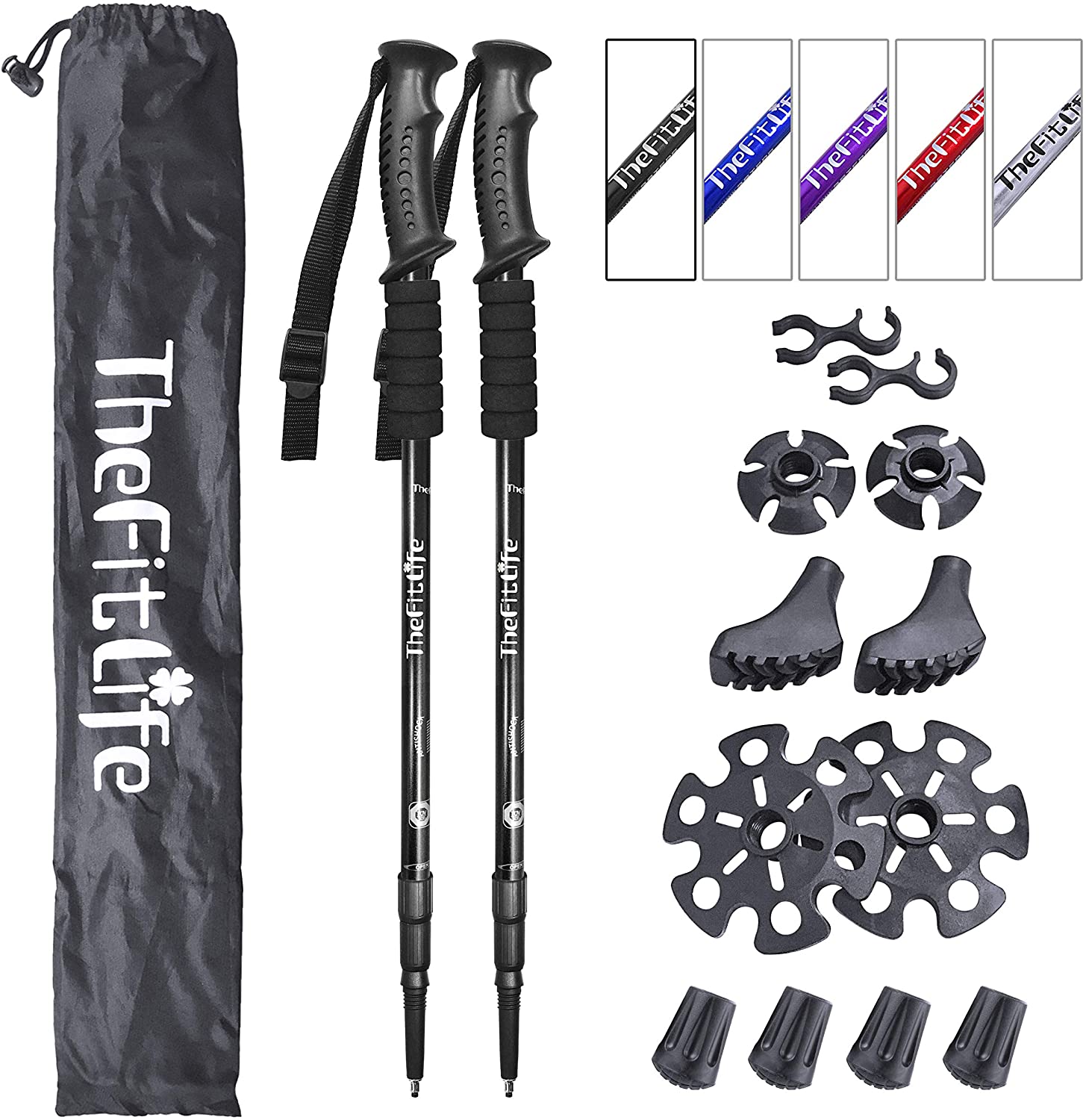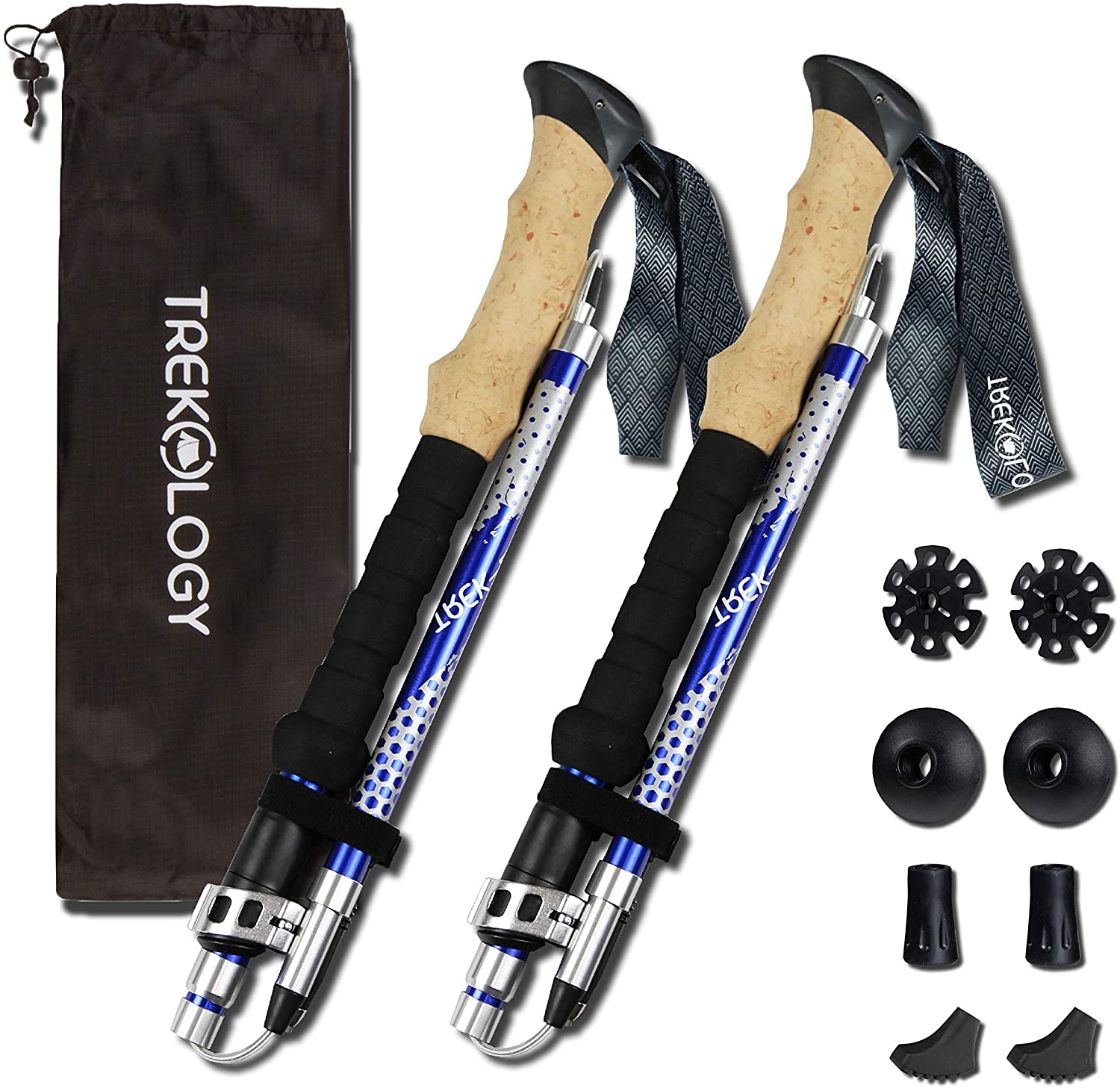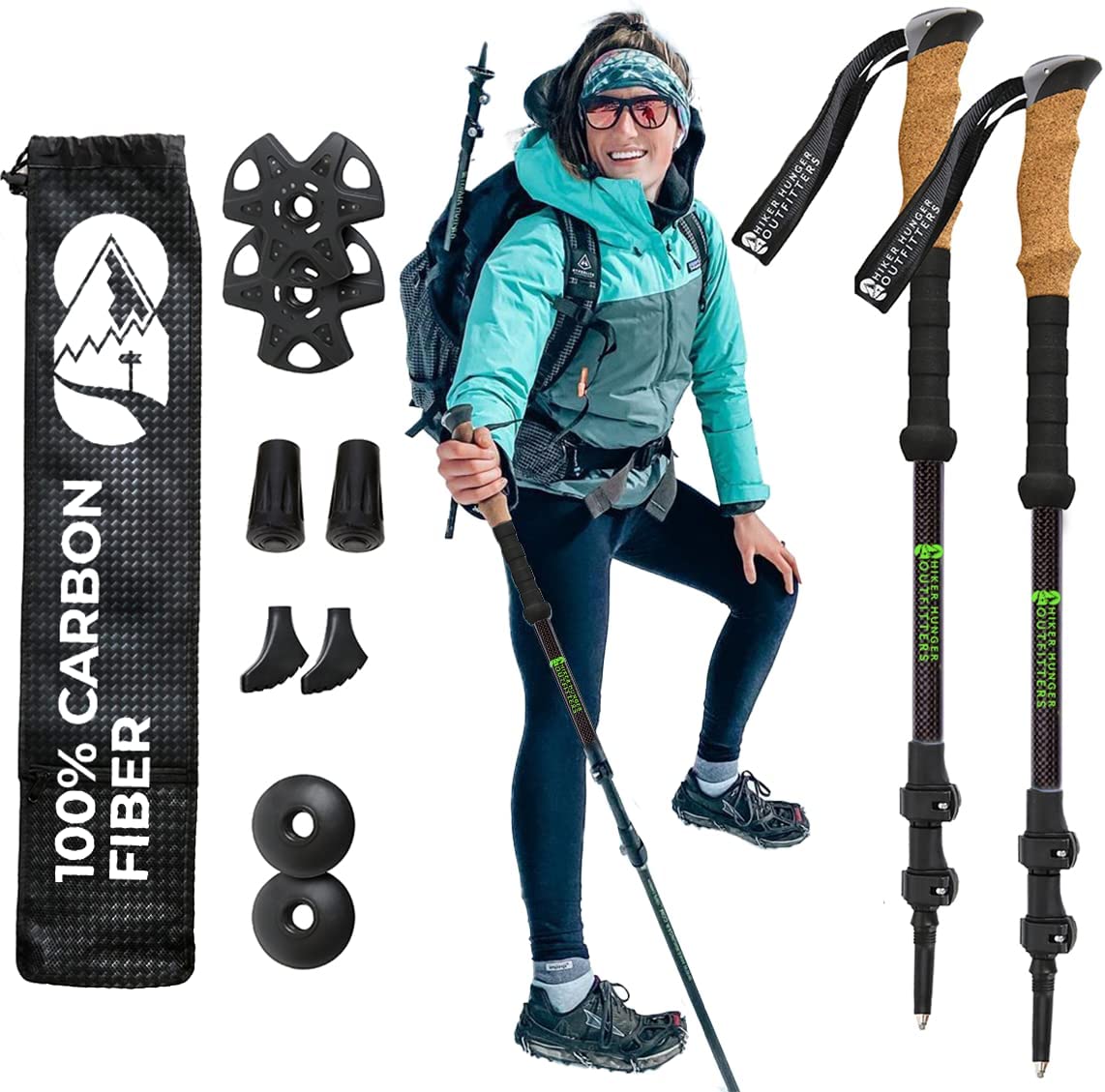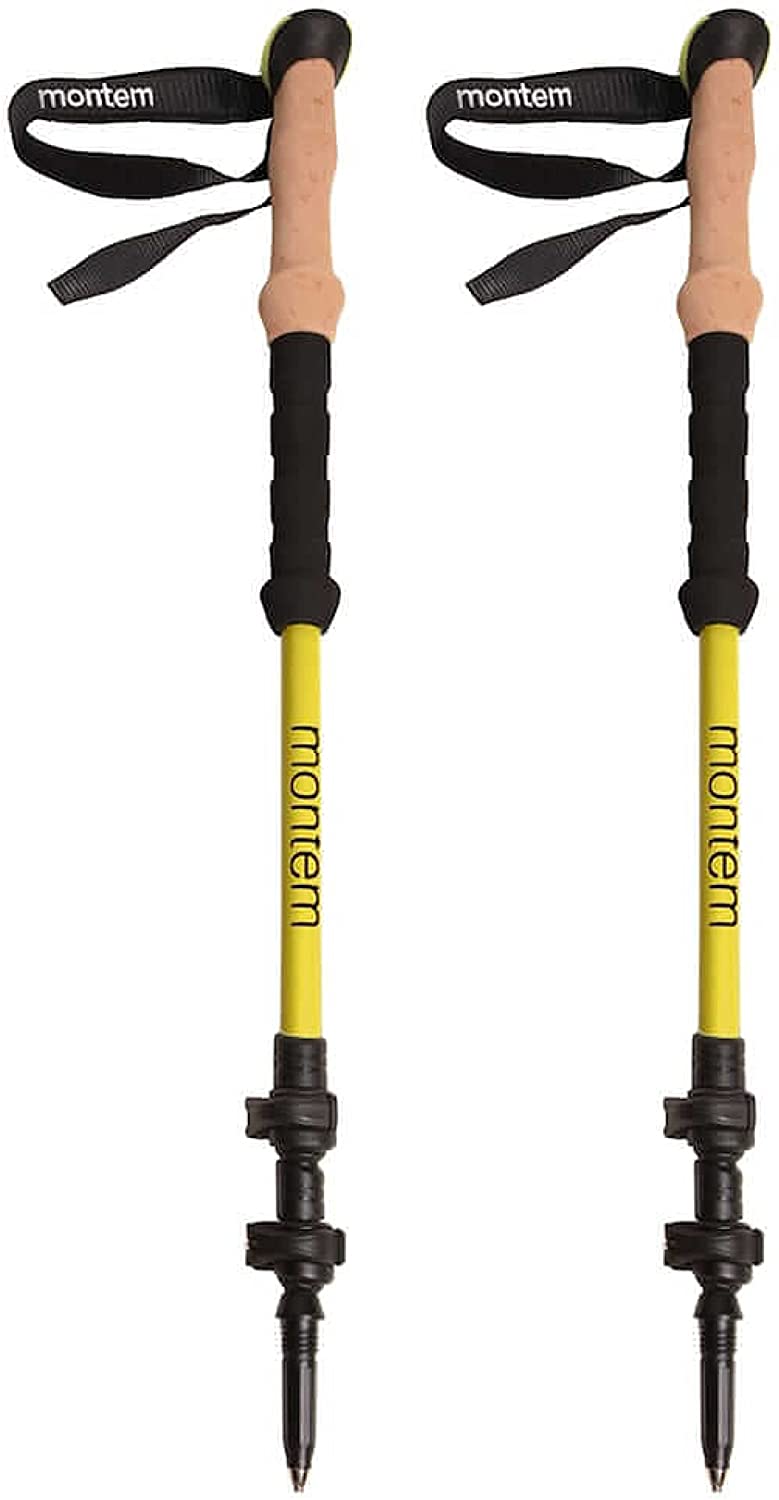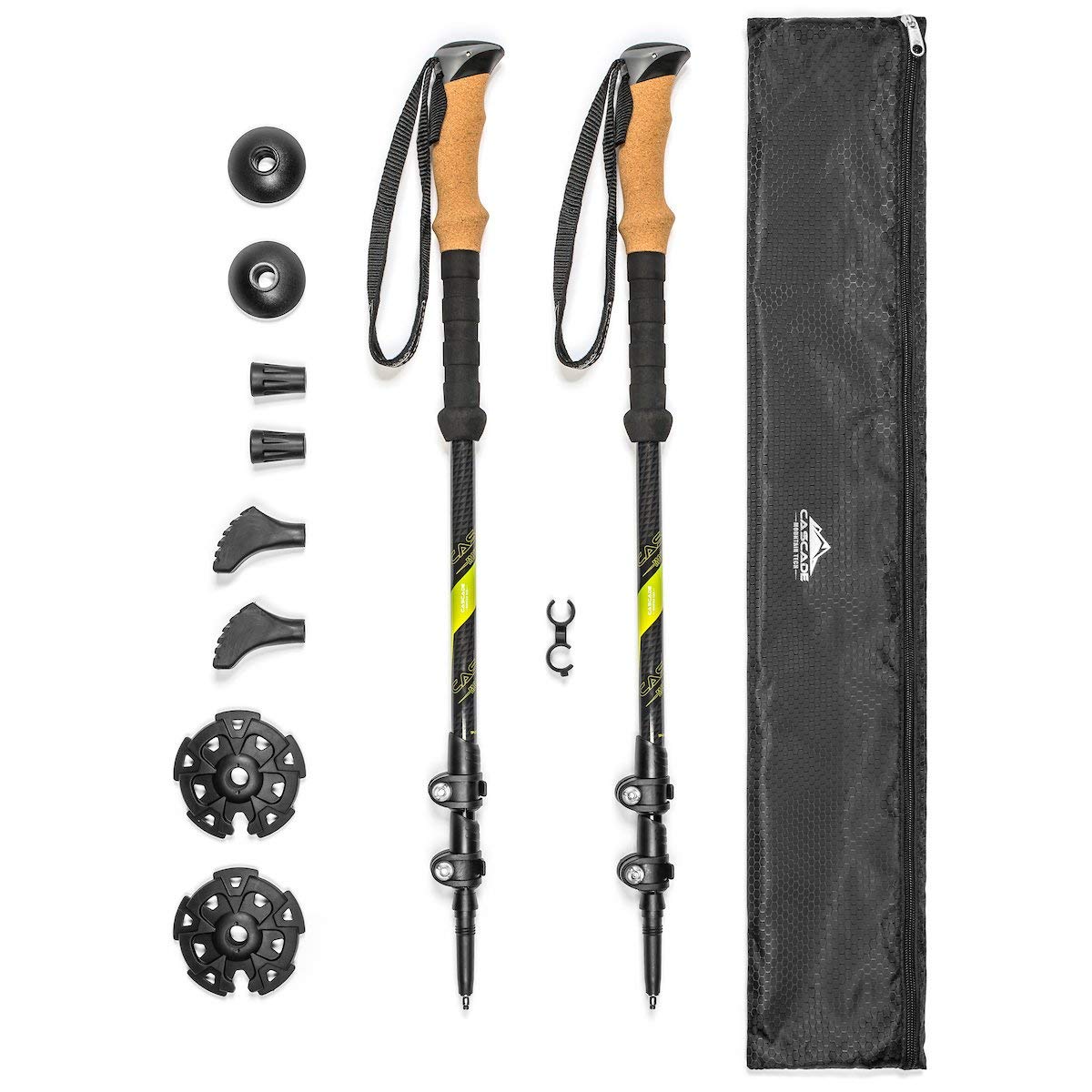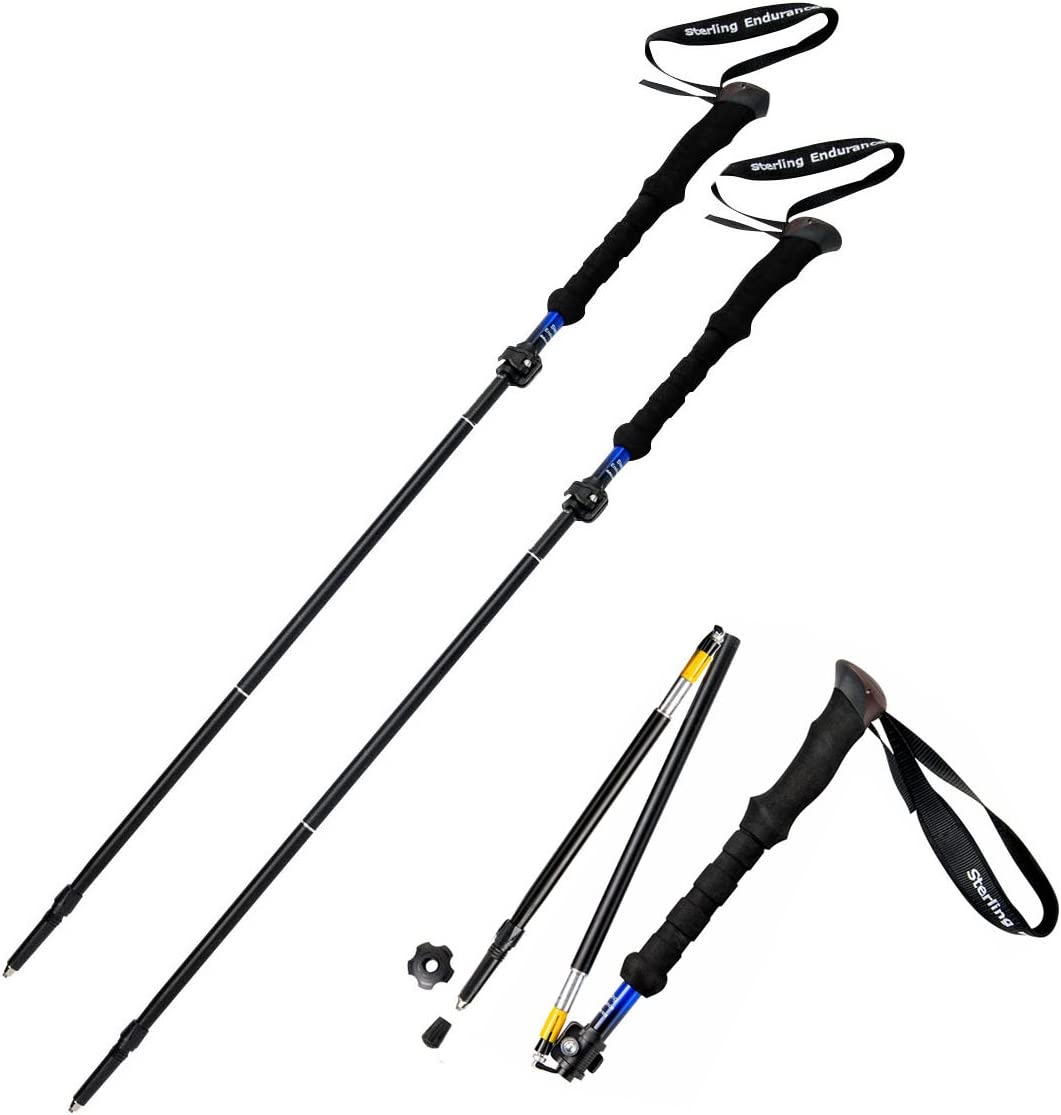TheFitLife Nordic Walking Trekking Poles
Last updated: March 15, 2021
We looked at the top Hiking Poles and dug through the reviews from some of the most popular review sites. Through this analysis, we've determined the best Hiking Pole you should buy.
Product Details
In our analysis of 73 expert reviews, the TheFitLife Nordic Walking Trekking Poles placed 0th when we looked at the top 12 products in the category. For the full ranking, see below.From The Manufacturer
ANTI SHOCK/ SHOCK , ABSORBING POLES – With the High Quality 7 Series Aviation Aluminum Material, the Shock-Absorbing Effect Can Strongly Reduce Damage From the Impact Force. EXTRA LONG EVA FOAM HANDLES WITH STRAPS – Soft and Comfortable, Absorbs Moisture From Sweaty Hands and Very Comfortable to Hold. BUILT TO LAST – We use Aviation Aluminum to make the Strongest & Lightest Poles in the Outdoor Market. EXTENDABLE – Our poles feature our Quick Lock so you can collapse or extend your poles from 26″ (65 cm) all the way to 53″ (135 cm) quickly. When not in use, these are easy to collapse, small and light enough to be stored within your backpack.100% MONEY BACK – We offer you 100% risk-free satisfaction guarantee to let you buy with confidence. We are quite sure that you will be super-impressed with the quality and durability of our trekking poles. Otherwise 100% Money back.
